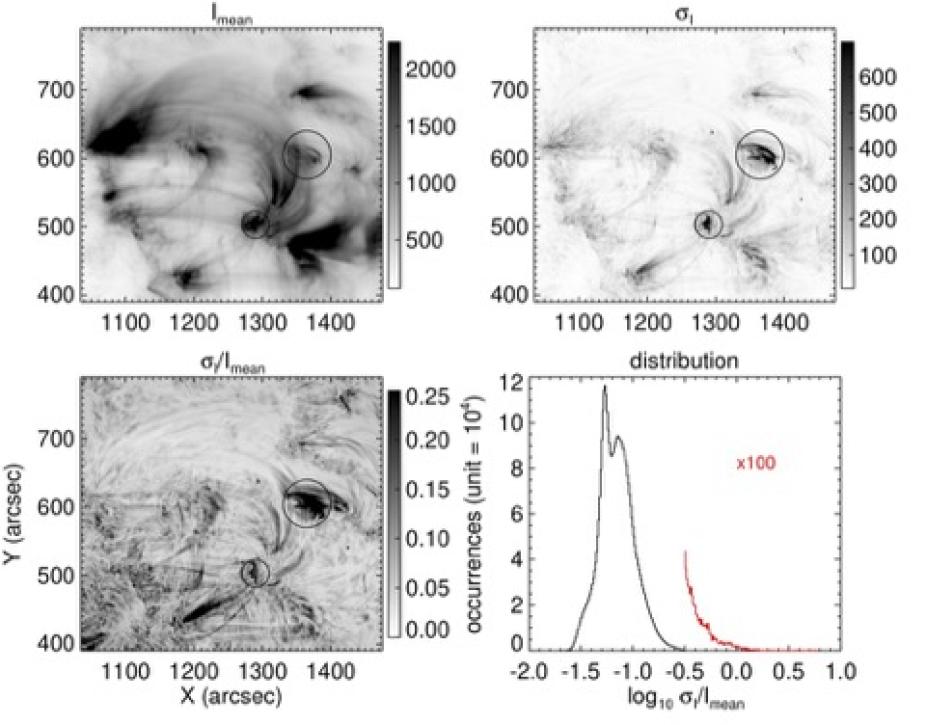The Astrophysical Journal: The EUI instrument on the Solar Orbiter spacecraft has obtained the most stable, high-resolution images of the solar corona from its orbit with a perihelion near 0.4 AU. A sequence of 360 images obtained at 17.1 nm, between 25-Oct-2022 19:00 and 19:30 UT is scrutinized. One image pixel corresponds to 148 km at the solar surface. The widely-held belief that the outer atmosphere of the Sun is in a continuous state of magnetic turmoil is pitted against the EUI data. The observed plasma variations appear to fall into two classes. By far the dominant behavior is a very low amplitude variation in brightness (1%) in the coronal loops, with larger variations in some footpoint regions. No hints of observable changes in magnetic topology are associated with such small variations. The larger amplitude, more rapid, rarer and less-well organized changes are associated with flux emergence. It is suggested therefore that while magnetic reconnection drives the latter, most of the active corona is heated with no evidence of a role for large-scale (observable) reconnection. Since most coronal emission line widths are subsonic, the bulk of coronal heating, if driven by reconnection, can only be of tangentially discontinuous magnetic fields, with angles below about 0.5cS/cA ∼ 0.3β, with β the plasma beta parameter (∼ 0.01), and cS and cA sound and Alfv´en speeds. If heated by multiple small flare-like events, then these must be 1020 erg or less, i.e. pico-flares. But processes other than reconnection have yet to be ruled out, such as viscous dissipation, which may contribute to the steady heating of coronal loops over active regions.

A figure showing data from Solar Orbiter EUI at 17.1 nm, revealing two kinds of behavior: steady heating associated with coronal loops and unsteady heating associated only with emerging magnetic flux.